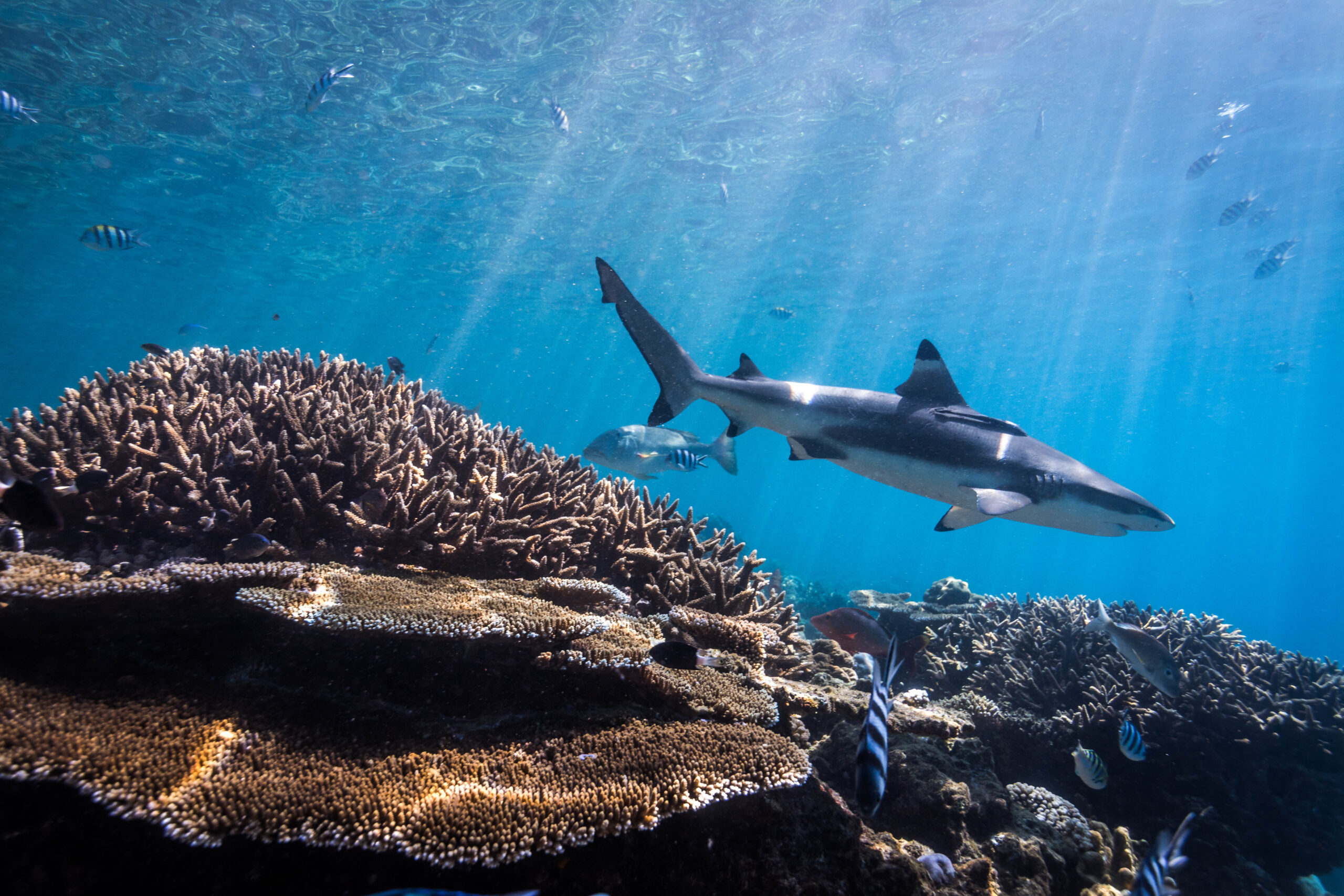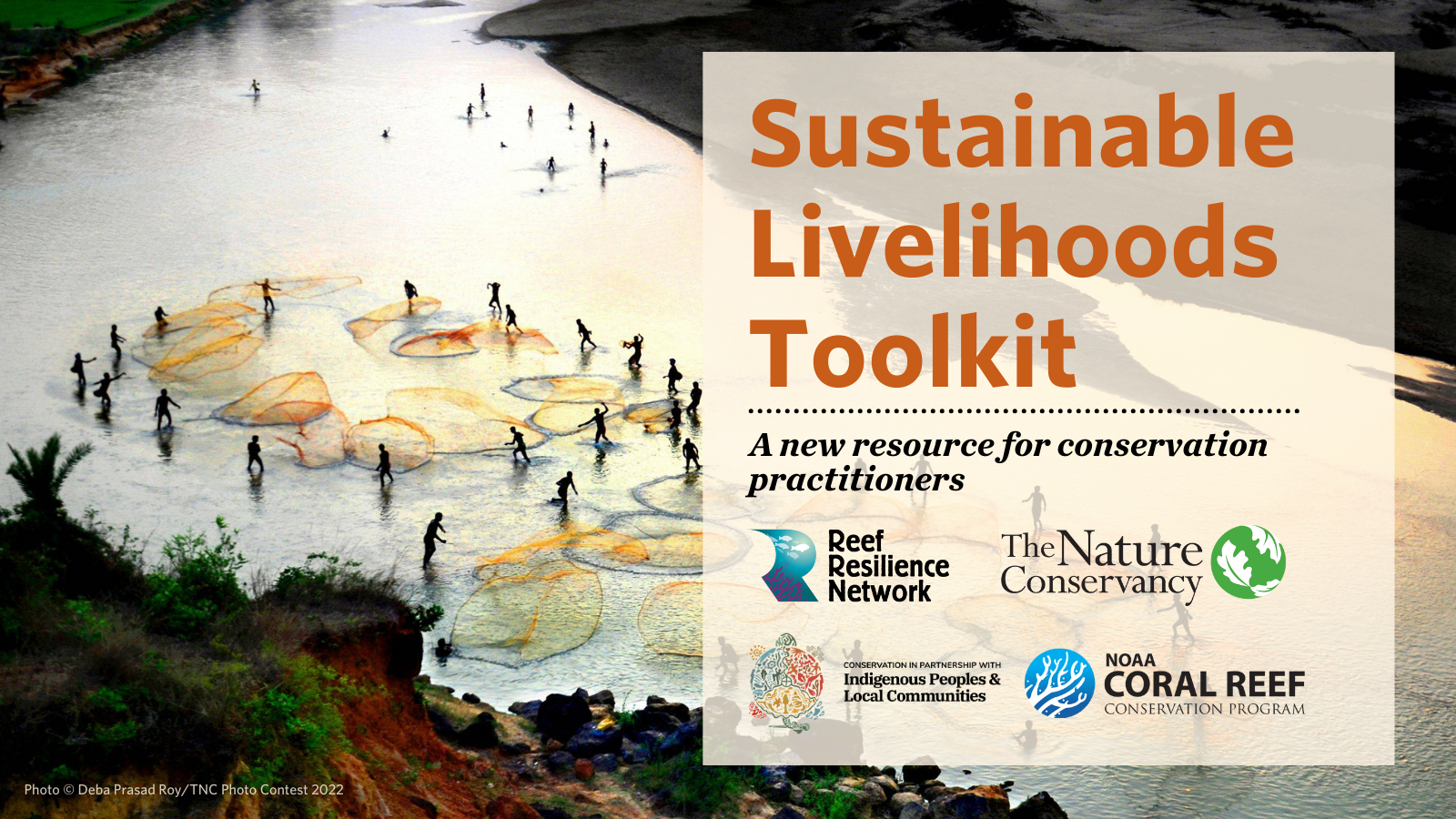Abstract: Currently, information on nearshore reef-associated fisheries is frequently disparate or incomplete, creating a challenge for effective management. This study utilized an existing non-commercial fishery dataset from Hawaiʻi, covering the period 2004-13, to estimate a variety of fundamental fishery parameters, including participation, effort, gear use, and catch per unit effort. We then used those data to reconstruct total catches per island. Non-commercial fisheries in this case comprise recreational, subsistence, and cultural harvest, which may be exchanged, but are not sold. By combining those data with reported commercial catch data, we estimated annual catch of nearshore reef-associated fisheries in the main Hawaiian Islands over the study period to be 1,167,758 ± 43,059 kg year-1 (mean ± standard error). Average annual commercial reef fish catch over the same time period – 184,911 kg year-1 – was 16% of the total catch, but that proportion varied greatly among islands, ranging from 23% on Oʻahu to 5% on Molokaʻi. These results emphasize the importance of reef fishing in Hawaiʻi for reasons beyond commerce, such as food security and cultural practice, and highlight the large differences in fishing practices across the Hawaiian Islands
Authors: Mccoy, K.S., I.D. Williams, A.M. Friedlander, H. Ma, L. Teneva, and J.N. Kittinger
Year: 2018
View Full Article
PLoS ONE 13(4): e0195840. https://doi.org/10.1371/journal.pone.0195840


